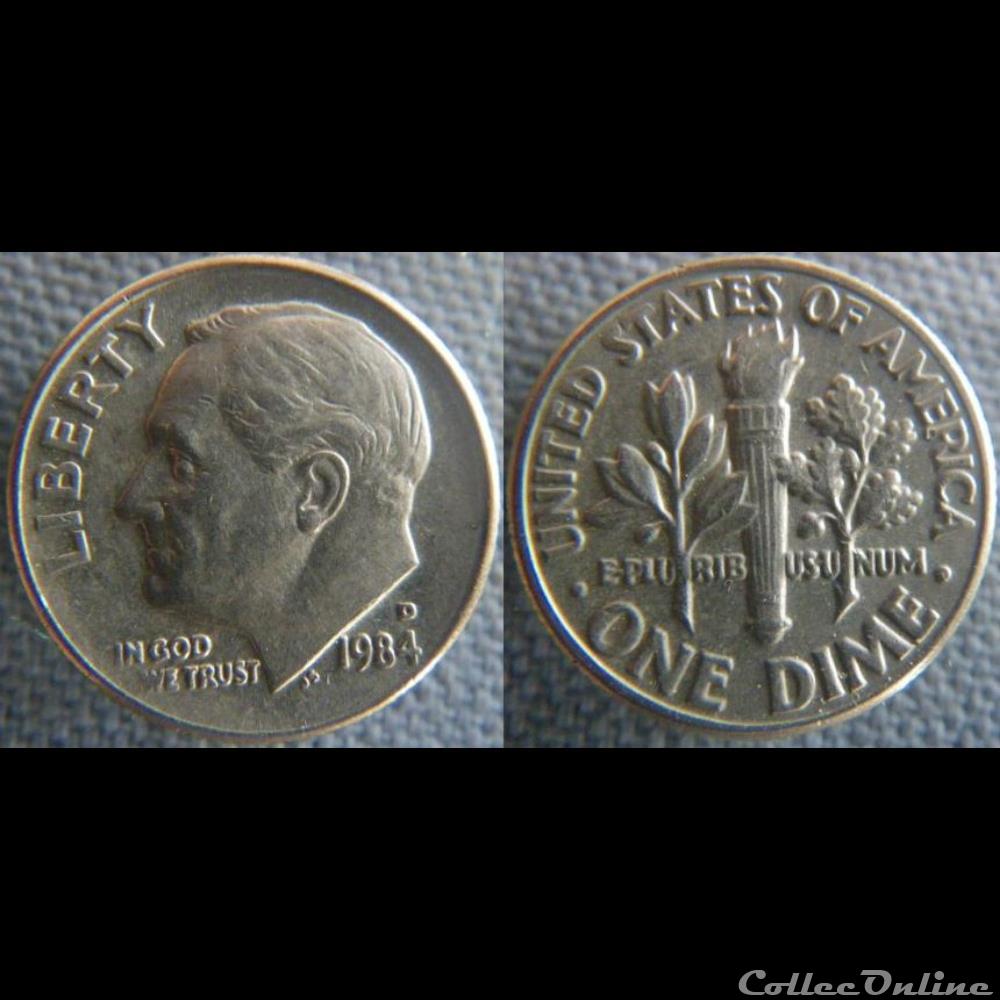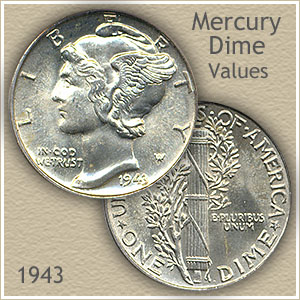


(Currencies) a coin of the US and Canada, worth one tenth of a dollar or ten cents 2. A dime a dozen very cheap or common C14: from Old French disme, from Latin decimus tenth, from decem ten. See: a dime a dozen be a dime a dozen be not worth a dime dime a dozen dime a dozen, a dime out dime piece dime store dime-dropper dime's worth of difference drop a dime drop the dime on get off the dime here's a dime, call someone who cares if I had (some monetary unit) for every (something) if I had (some monetary unit) for every (something), I'd be.
1 Dimensional Shape

1 Dime Is How Much Cent

1 Dime = Cents
Large Capped Bust Quarters
Large Capped Bust Quarters Collection
I have tentatively completed my large sized Capped Bust quarter date set! Many are aware that bust quarters tend to be less plentiful than their other bust-style counterparts, and I definitely got to experience that first hand over the past couple years. While these are all in the Good to Good+ range, for the most part they are pretty decent when you consider how coins of this type have been abused over the years. I honestly wouldn’t be surprised if the majority of large capped bust quarters are either lower grade than my coins or damaged. It should also go without saying that I don’t have (and likely will never have) either the 1823/2 or the 1827/3/2, and at the moment I don’t have an 1824/2 (hence “tentatively complete”), but that may change in the future. That said, I did do my best to get respectable examples for the grade for each date, so I am overall very proud of the set. All mintages and rarity ratings are from Steve Tompkins’...Faustina Friday -- A CERES of Mistakes in Old References
None of the coins of Faustina II issued under Marcus Aureus cause more confusion than those featuring the goddess Ceres holding a torch (Ceres Taedifera, 'Ceres the torch-bearer.') Ceres holding a torch appears on three reverse types:- Ceres standing holding corn-ears and long torch; empress' intermediate hairstyle.
- Ceres seated holding corn-ears (sometimes also with a poppy) and short transverse torch; empress' intermediate hairstyle.
- Ceres seated holding corn-ears and long vertical torch; empress' late hairstyle.
Faustina II, AD 147-175.
Roman orichalcum sestertius, 24.67 g, 31.0 mm, 11 h.
Rome, c. AD 170-175.
Obv: FAVSTINA AVGVSTA, bare-headed and draped bust, right.
Rev: CERES S C, Ceres seated left, holding corn ears and long, vertical torch.
Refs: RIC 1621; BMCRE 894; Cohen 36; Sear 5271; Banti 25; MIR 3-6/10c.
Notes: RIC incorrectly cites Cohen...Gold Medallion of Caracalla
Hello Cointalk friends, I stumbled across a reference to a giant medallion of Caracalla on Facebook and I thought I would share this most exquisite piece, which of course, is in a museum
This piece was discovered in Egypt as part of a hoard that comprised about twenty similar medallions (now dispersed among various museums), eighteen gold ingots, and six hundred gold coins issued by Roman emperors from Severus Alexander (r. 222-235 CE) to Constantius I (r. 293-306 CE). One of the medallions, now in the Calouste Gulbenkian Museum in Lisbon, bears an inscription that possibly reads 'Olympic games of the year 274', a date corresponding to 242-243 CE. One wonders if Caracalla traveled to Siwa Oasis to consult the Oracle of Ammon, as Alexander had done. When I visited the Oracle a few years ago I didn't hear anything. It's also possible that Caracalla as he aged had a progressively worse mental illness, which might help explain his behavior.
The medallions may have been intended as...ancient coin hunterJan 26, 2021Read MoreReplies: 22Septimius Caracalla Geta Sestertii - 3 of Same Reverse
The reverse of the Geta and Septimius is 'VICTORIAE BRITTANICAE.'
Caracalla is dated 'TRP XIIII' (211AD).
I would love to start this article by quoting something from Herodian, then add something interesting but only semi-related to the topic, before posting a long section on the history of the period which these three coins were struck before discussing each coin. However, I am doing this on work time, but I was just so excited about getting the first coin above, a sestertius of Septimius Severus that is a match for the same type struck by Caracalla (rare) and Geta (ridiculously rare). So I am going to post the photographs first - tonight or this weekend will write the article these three coins deserve.
The Caracalla is RIC 483(a), Geta is RIC 186. Septimius is unlisted. Although the reverse scenes are identical, RIC states, for Geta for this type, that the towered figure at right is...Blake DavisFeb 4, 2021 at 1:00 PMRead MoreReplies: 2February 4th: The death of the African Emperor
The history
Of African descent, Roman Emperor from 193 to 211 AD, Septimius Severus founded a personal dynasty and converted the government into a military monarchy. His reign marks a critical stage in the development of the absolute despotism that characterized the later Roman Empire. Historian Dion Cassius describes him as a 'short, thin, very lively and taciturn man'. A few interesting facts about his reign:
A marble bust of Septimius Severus (sold 266,500 USD by Christie's in 2011)
* Severus replaced the Praetorian Guard with a new 15,000-man guard from his own Danubian legions.
* To justify his usurpation, he declared himself the adoptive son of the emperor Marcus Aurelius and claimed descent from the emperor Nerva.
* According to Historia Augusta, Julia Domna came to Severus' attention on the back of a prophecy; he was told about a Syrian woman whose horoscope predicted that she would marry a king.
* He...OcatarinetabellatchitchixFeb 3, 2021 at 7:31 PMRead MoreReplies: 40Captives & Trophy, 8 or 9 examples from Julius Caesar to Constantine (& others, if you have them!)
*Please share what you think relevant. I would also love to be enlightened on info & types I may be unaware of or anything I may have gotten wrong!*
One of my favorite collecting themes is what I call Roman “Barbarians, Captives, and Enemies” coinage (or, my “BCE Collection,” pardon the pun/s; full disclosure: I have a page for it on my just-begun blog/site, for which I may revise this post).
Within that area I include coins with a variety of battle or other military scenes, including the Fallen Horseman and other FEL TEMP REPARATIO series, and, also, those depicting captives (i.e., prisoners of war, presumably destined for slavery or execution). Within the “captives” coinage, one of the most interesting is the type depicting two captives bound to a trophy (c. 46 BC – 337 AD).
In my view, the most fascinating feature of Roman “Barbarians, Captives, and Enemies”...My NGC Jefferson War Nickel Registry Set (complete but not finished)
My latest acquisition is a coin that completes my NGC Registry Set of Jefferson War Nickels. The coin is a 1943/2-P PCGS MS65 5FS with a very light patina and excellent strike and luster. Although this coin now completes my set which is currently ranked 3rd in the NGC registry, I am not finished. My goal is to find a rainbow toned 1943/2-P in MS66 or MS67. Once I do, the set will be finished and this current coin will fall into my duplicate set which will now grab my full attention. Here is a photo of my new piece:
I am very proud of this set and feel a great sense of accomplishment. Believe it or not, this is the first set I have ever completed. I know that technically it is only a subset of the Jefferson series, but it is extremely competitive and not easy to break the top ten in this series. Here is a photo of the completed set along with TPG tags....Faustina Friday -- Ephesian Artemis on an Æ 20 of Aezani
Aezani (Greek Αἰζανοί) in northern Phrygia, near the headwaters of the Rhyndacus, was a political and economic center of modest importance in pagan times but became a notable bishopric during the Constantinian and Byzantine eras.
From 'Asia citerior,' Auctore Henrico Kiepert Berolinensi. Geographische Verlagshandlung Dietrich Reimer (Ernst Vohsen) Berlin, Wilhemlstr. 29. (1903). David Rumsey Historical Map Collection.
Ruins of the ancient city include a well-preserved Temple of Zeus, a combined theater-stadium complex, and colonnaded streets.
One of a series of pictures taken to show the exterior of the Zeus Temple in Azanoi. Photo by Dosseman, used without alterations and...Roman CollectorFeb 5, 2021 at 5:26 AMRead MoreReplies: 5Rare Celtic Britain, Cunobelin, Catuvellauni & Trinovantes.
Just picked up this little rarity from Celtic Britain and thought I'd share it.
I was initially drawn to the coins reverse depiction of a metal worker and it went from there. This is my first Celtic coin and find the history really intriguing. This was an impulse purchase as it's not an area I collect in normally, primarily because Celtic coins can get expensive! But this coin REALLY called to me and the fact it's quite rare is an added bonus.
King of the Britons 'Cunobelin' ('Strong Dog'). From the Catuvellauni & Trinovantes tribes.
Here it is...
Britannia, Trinovantes & Catuvellauni. Cunobelin. Circa 9-41 AD. AE Unit (2.437 g, 14mm).
Obv: Winged head left, CVNO in front, BELIN behind.
Rev: Metal worker, presumably the smith god known as Sucellus in parts of Gaul, sitting on a solid seat with a detached upright back, holding an L-shaped hammer in his right hand, left hand holding a metal bowl, there is always a distinct bun of hair behind the smith's head, TASCIO (Tascionus his...SpaniardFeb 5, 2021 at 5:03 PMRead MoreReplies: 14The petty currency of the Crusader County of Tripoli by the mid 13th century
This small currency of the County of Tripoli was used towards the end of Christian rule on the mainland coast of the Eastern Levant. It is comprised of a small module lightweight silver billon denier and a copper fraction, or pougeoise:
Bohemond V of Antioch (1233-1252) and later
AE15/16mm, 0.51g, billon denier minted at Tripoli, cca. 1235/1240-1250s and later.
+ CIVITAS TRIPOL; eight-pointed star, annulets between the rays.
+ BAMVND' COMS; cross pattee 3 pellets in the 2nd quarter
Malloy 19, Sabine Type 5, Metcalf 549.
ex-Lanz
Bohemond V of Antioch (1233-1252) and later
AE19x15mm, 0.66g, copper pougeoise, minted at Tripoli, after 1235/1240.
+ TRIPOLIS; Genoese tower or gateway, three crenelations.
+ CIVITAS; cross pommetee; pellet in circle at centre, pellets in each quarter
Malloy 21, Sabine 308-31 (Type 6).
ex-TimeLine Auctions
Malloy in CCS followed Sabine and Schlumberger and dated...